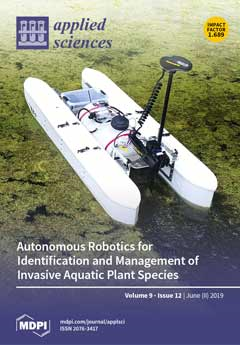The photovoltaic properties of two dyes (quercitin (Q) and rutin (R)) were experimentally investigated. The results showed that Q had excellent photoelectric properties with
of 5.480 mA·cm
−2,
of 0.582 V,
of 2.151% larger than R with
of 1.826 mA·cm
−2,
of 0.547 V, and η of 0.713%. For a better understanding of the photoelectric properties of two molecules and illustrating why the performances of Q is better than R from the micro-level, the UV-VIs spectrum, Fourier transforms infrared (FT-IR) spectrum, and cyclic voltage current characteristics were experimentally investigated. What is more, density functional theory (DFT) and time dependent density functional theory (TD-DFT) have been implemented in theoretical calculation. Based on the calculated results, frontier molecular orbitals (FMOs), charge differential density (CDD), infrared vibration, first hyperpolarizability, projected density orbital analysis (PDOS), electrostatic potential (ESP), and natural bond orbital (NBO) were analyzed. Hole/electron reorganization energies (
), light harvesting efficiency (LHE), fluorescent lifetime (τ), absorption peak, and the vertical dipole moment (
) were calculated, and the shift of conduction band edge of a semiconductor (
ΔECB) has been analyzed, which has a close relationship with
and
. The results demonstrated that, due to the higher LHE, τ,
, and red-shifted absorption peak, Q has better photoelectric properties than R as a promising sensitizer.
Full article





